Coconut aminos is a gluten free and soy free salty sauce with a rich umami flavor. Use as a condiment, in stir-fries, soups, or even in salad dressings or sauces for your favorite bowls!
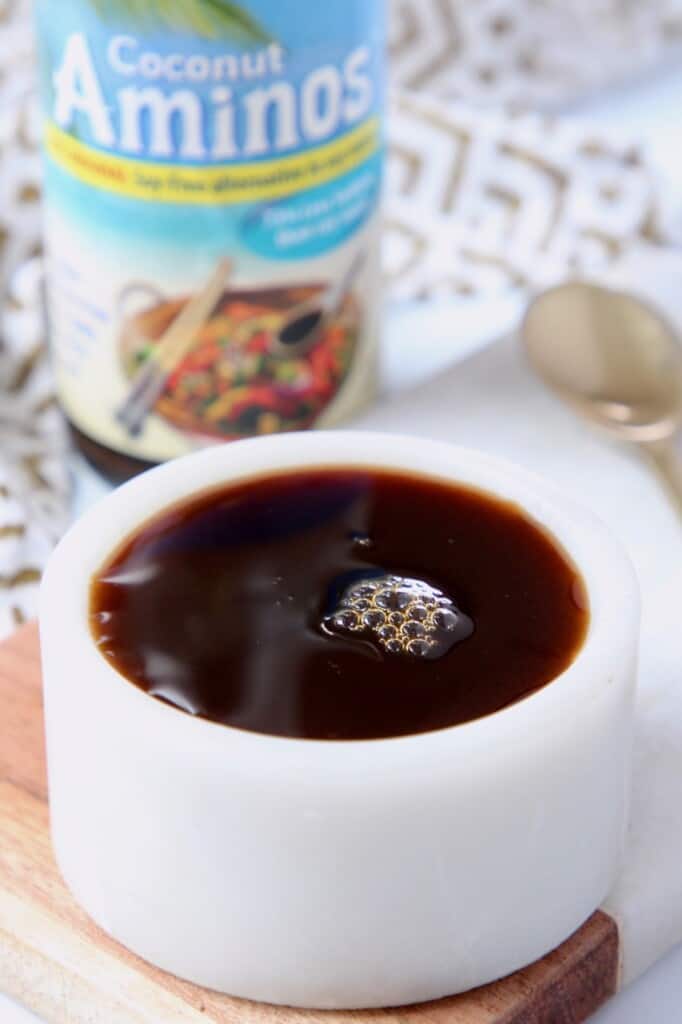
This savory and sweet sauce is made from coconuts, hence the name! Sap from the coconut tree is extracted and fermented to create coconut aminos. It's made with only two ingredients, coconut sap and sea salt.
Its mild, salty taste makes it a great alternative to soy sauce. Not only is it soy free and gluten free, but it contains 73% less sodium than traditional soy sauce!
It is also vegan, paleo, keto, and Whole30 approved, making it an excellent option for people with dietary restrictions.
Jump to:
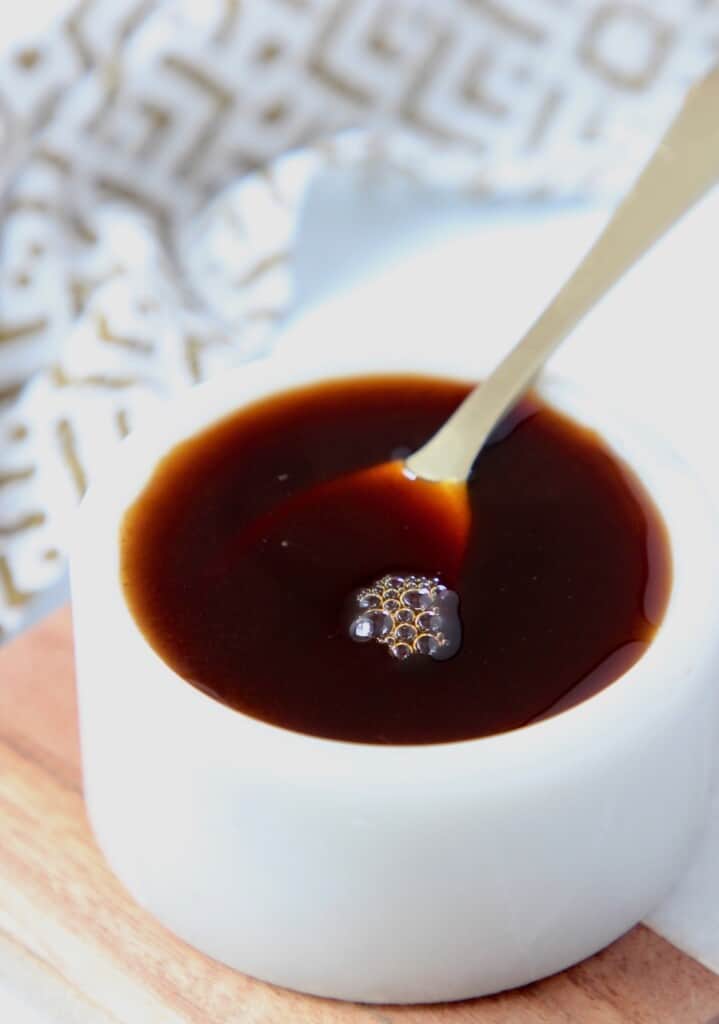
What does it taste like?
Coconut aminos is often compared to soy sauce or teriyaki sauce. It has a mildly rich, savory, umami flavor that's sweeter than soy sauce, but not quite as salty.
And, although it's made from coconuts, it doesn't taste like them at all!
What is it used for?
Often used as a substitute for soy sauce or tamari, coconut aminos can be used in a variety of recipes. Try it out in any of the following ways:
- Salad Dressings - Mix with oil and dijon mustard for a simple vinaigrette, or make a Creamy Ginger Salad Dressing.
- Marinades - Use it to tenderize and add flavor to beef, chicken, pork, or fish, either alone or mixed with extra spices. Try it in this steak marinade recipe!
- Sauces - Make up tasty sauces for dipping or drizzling like this Whole30 Teriyaki Sauce or Whole 30 BBQ Sauce!
- Stir-fries, noodles & rice - Add to your favorite stir-fries, noodle and fried rice recipes for the perfect umami flavor. Try it in this Keto Pad Thai recipe!
- Soups - Stir it into a variety of soups like Egg Drop Soup or Thai Coconut Soup with Potstickers!
- Vegetables - Season steamed or roasted vegetables for a pop of subtle saltiness, or cook mushrooms in it for this delicious Sesame Ginger Mushroom Bowl.
- Condiment - Drizzle it on anything you'd put soy sauce on for a lower sodium option.
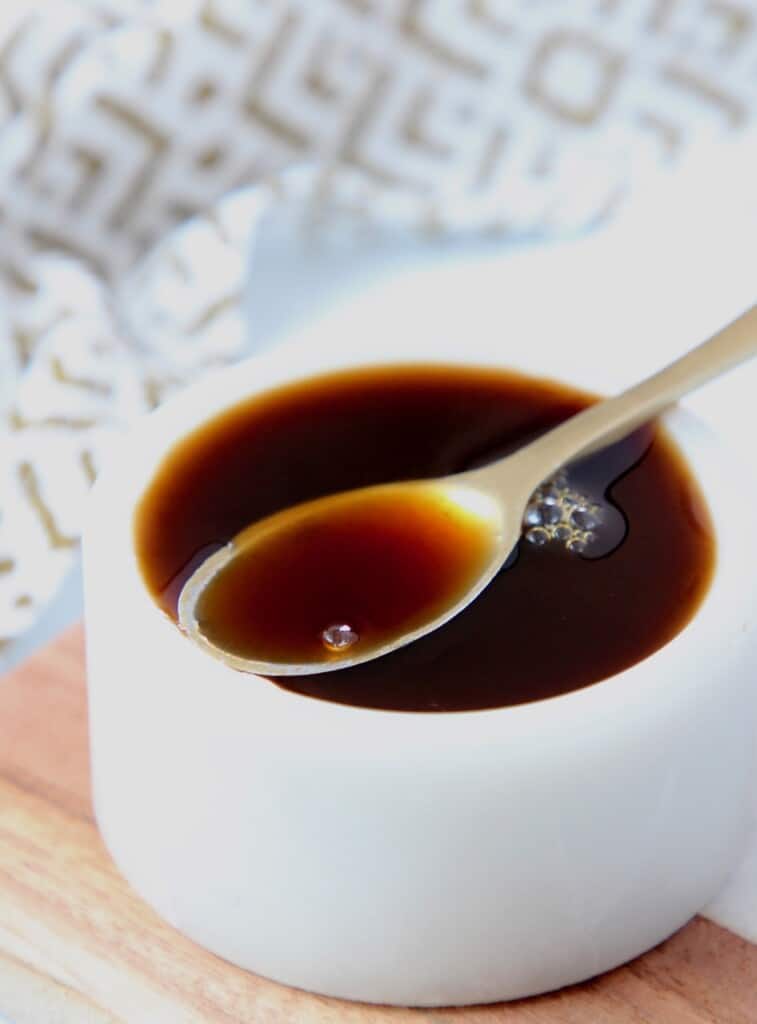
Liquid aminos vs coconut aminos
Both liquid aminos and coconut aminos are gluten free and contain less sodium than soy sauce. However, liquid aminos contains soy and is higher in sodium.
Additionally, coconut aminos is made from a result of a natural fermentation process. Whereas liquid aminos is a highly processed product using chemicals.
Coconut aminos substitute
Depending on your dietary needs, there are a variety of options for substitutions. Soy sauce or tamari are the most common options.
Teriyaki sauce may also be used, but it is sweeter than coconut aminos. Fish or oyster sauce are occasionally good alternates depending on the recipe.
Nutrition and benefits
On average, one teaspoon of coconut aminos has 5 calories, zero grams of fat, 90 milligrams of sodium, and 1 gram carbohydrates.
The slightly salty sauce is a great option for people with dietary restrictions. It is a good soy sauce alternative for people looking to reduce their sodium intake, or for those who need to avoid soy. It's also gluten free, paleo, keto, and Whole30 approved.
Coconut Aminos is a low-glycemic food, making it great for diabetics. It also contains 17 amino acids, potassium, vitamin C and vitamin B.
There are many potential health benefits of coconut aminos regarding heart health, diabetes, weight loss and cancer when compared with soy sauce, thanks to the lack of MSG, GMOs, phytoestrogen and phytic acid.
Where to buy
You can find coconut aminos at most major grocery stores in the condiment aisle next to the soy sauce. Health food stores are another great resource. Even Trader Joe's now has their own brand of coconut aminos, available at a great price of $2.99 per 8.5 ounce bottle.
And of course, you can always find it online as well. If you're a huge fan of coconut aminos, I recommend checking out Amazon for lots of bulk options, like this 1 gallon bottle of Coconut Secrets. According to the manufacturer, there is a 2 year shelf life on this product, so you can open the bottle and keep it in the refrigerator for up to 2 years.
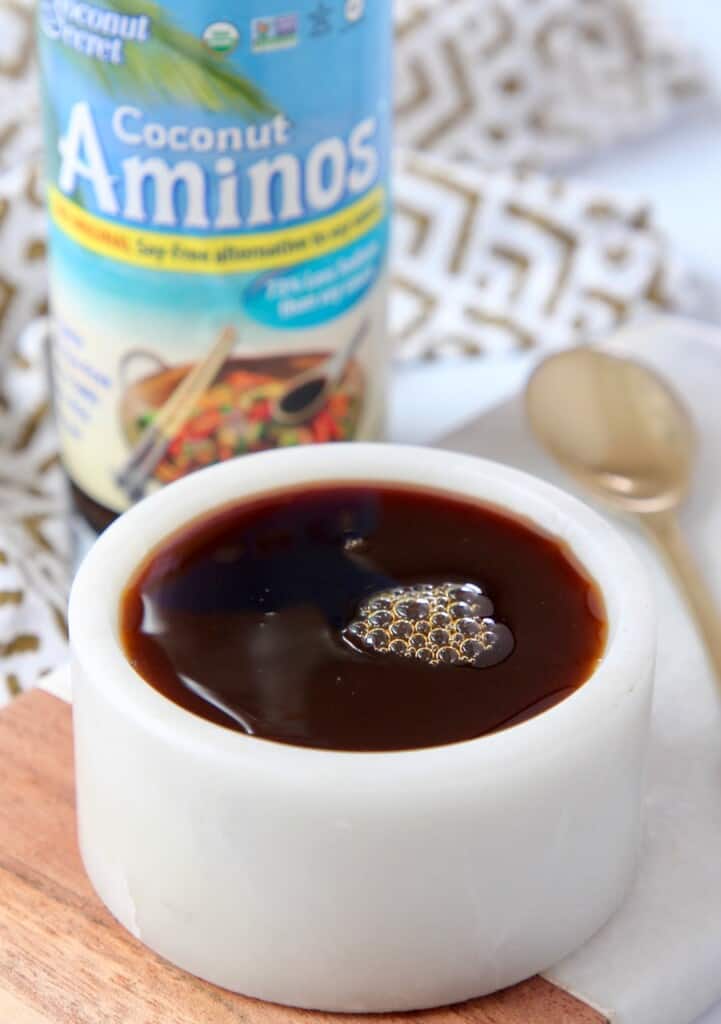
Recipes with coconut aminos
- Sesame Soba Noodle Bowl
- Whole 30 Hamburgers with Sesame Scallion Sauce
- Cilantro Lime Shrimp with Green Chili Avocado Sauce
- Whole30 Pineapple Teriyaki Pork Tenderloin
- Whole 30 Instant Pot Thai Beef
- Shrimp Taco Bowls - use it instead of tamari in this recipe to make it Whole30 approved!
- Thai Coconut Curry Noodles from Natt Eats
Learn about more of our favorite ingredients
Check out our ingredient guide, packed full of information about all of our favorite lesser-known ingredients, like harissa, quinoa and turmeric!



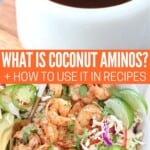
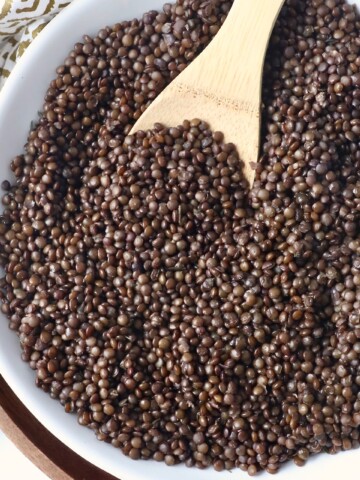
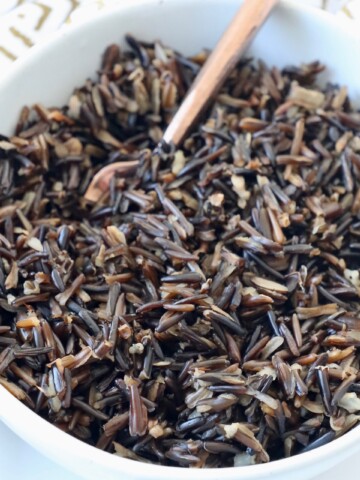
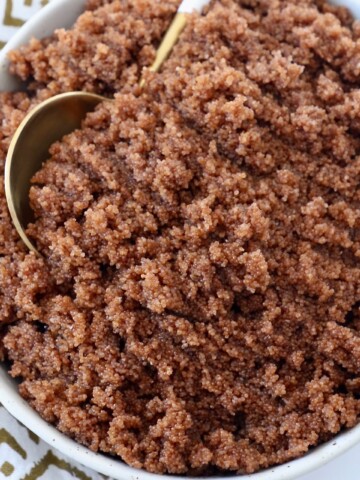
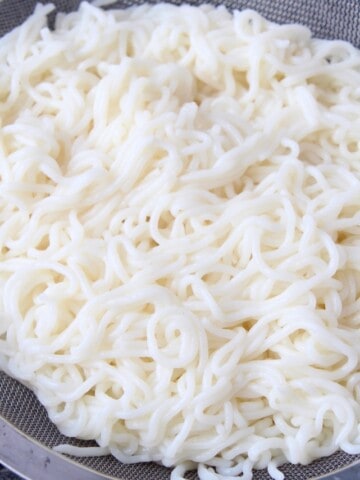
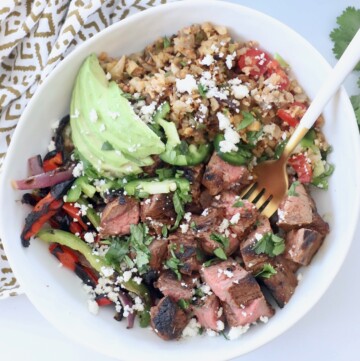
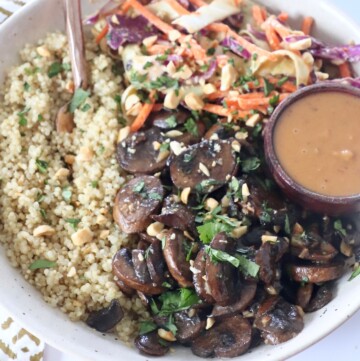
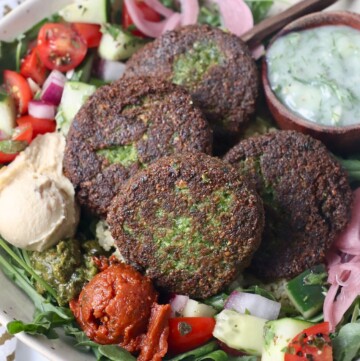
Comment Here!